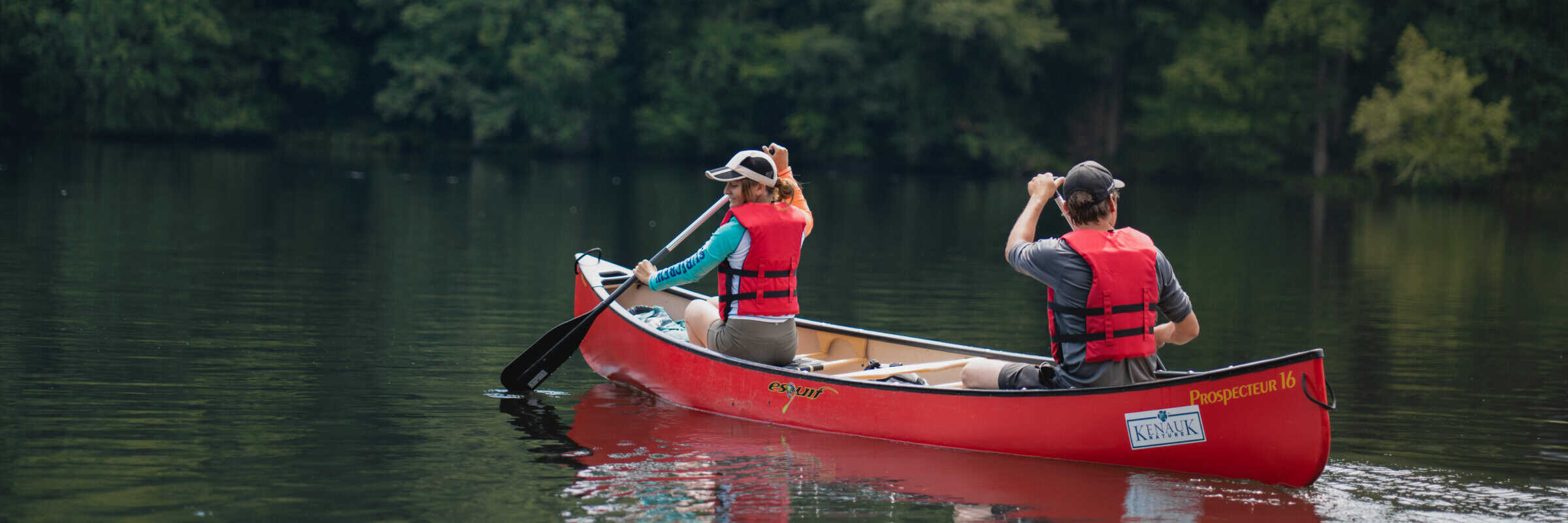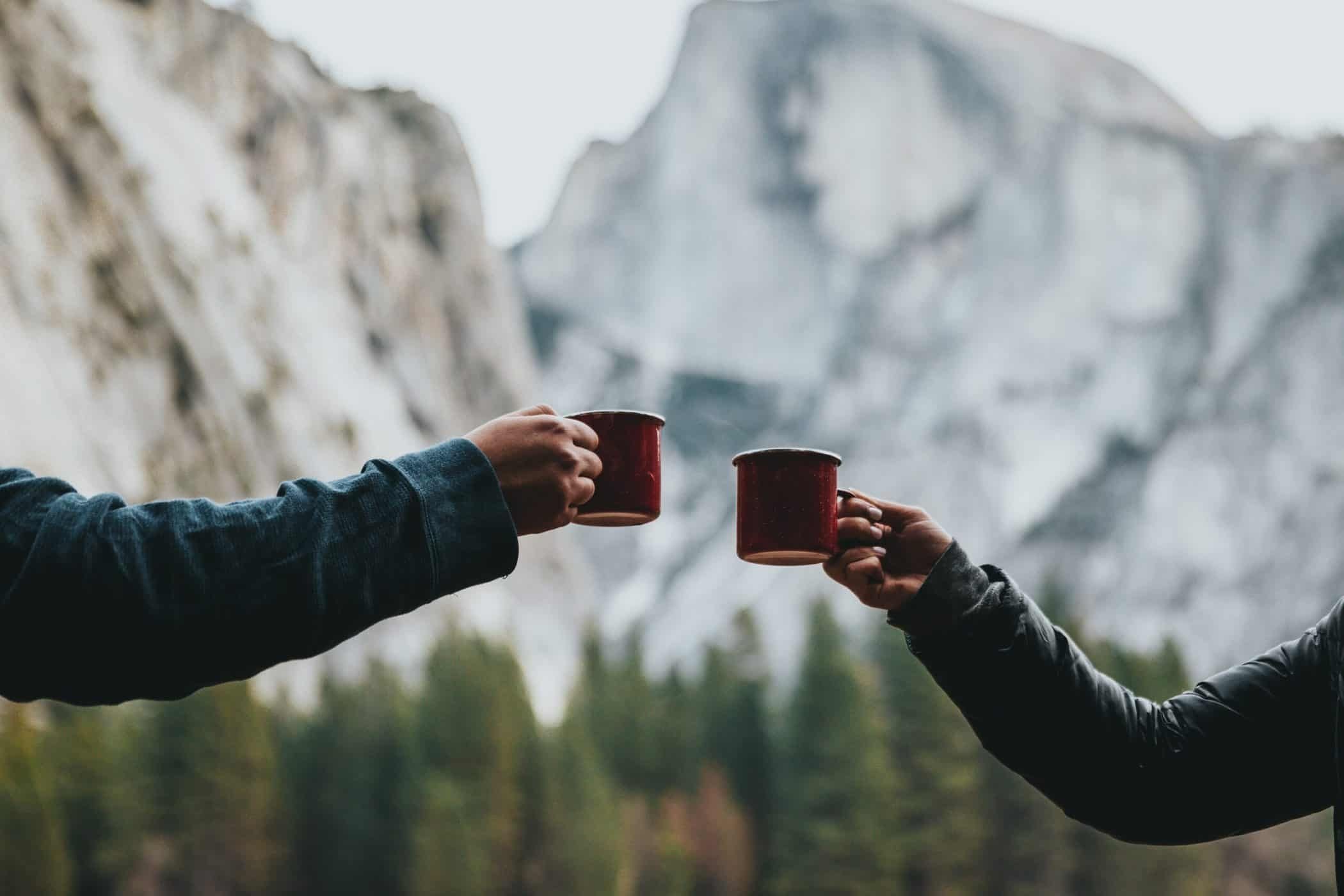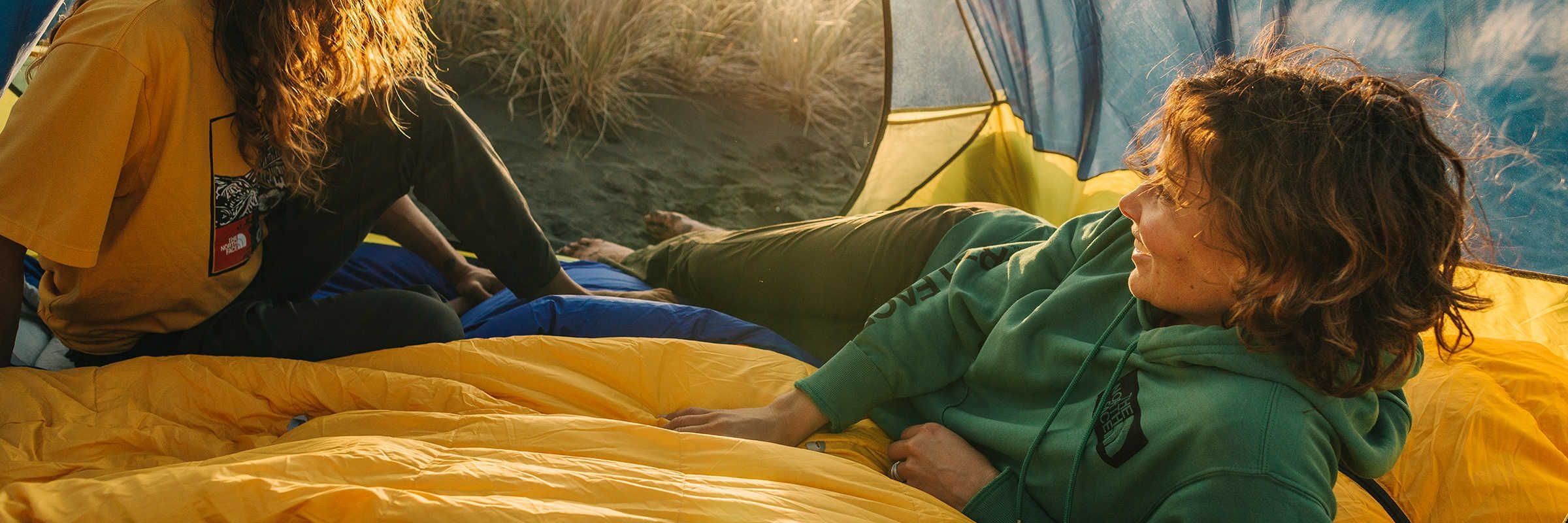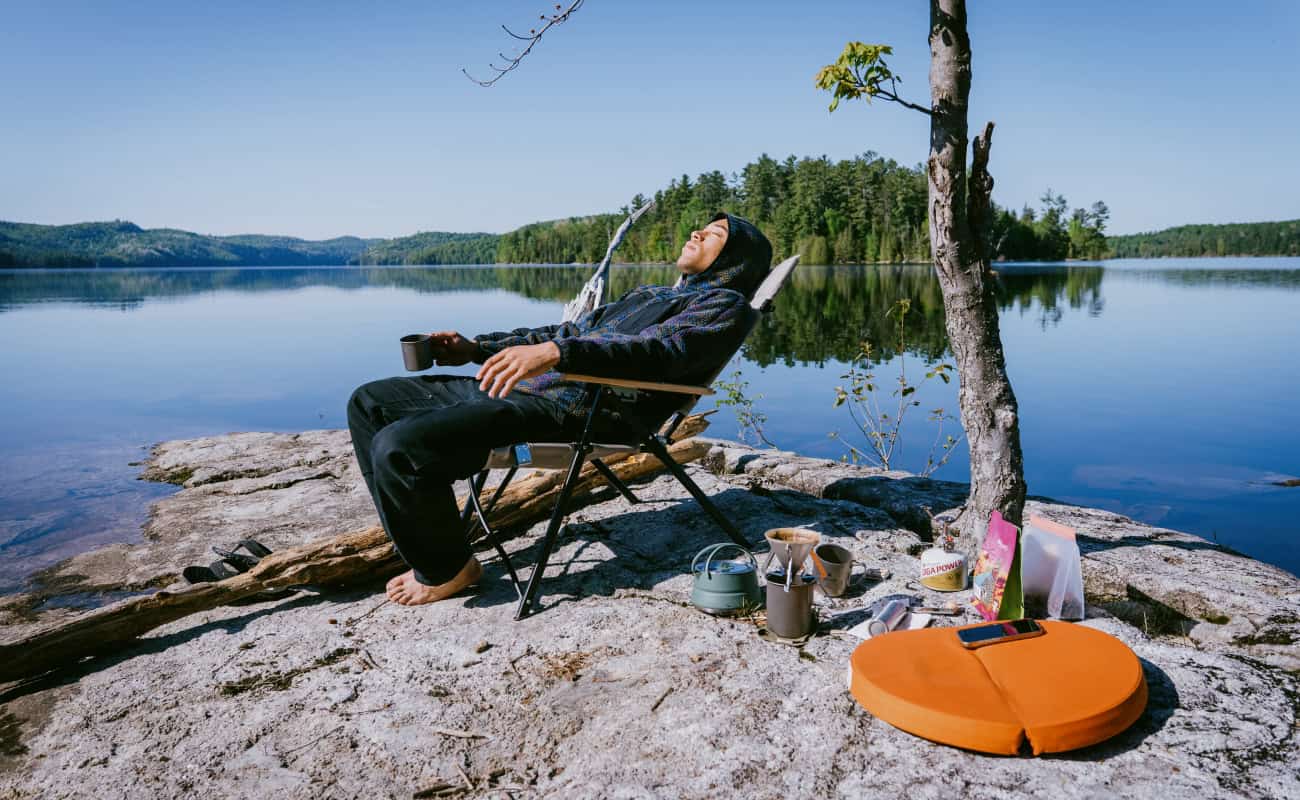A rainy weekend doesn’t have to mean a ruined camping trip. In fact, with a little planning and the right mindset, it can be one of the most memorable outdoor experiences you’ll ever have. Whether you’re pitching a tent for two or rallying the whole family, wet weather camping is totally doable—and surprisingly fun.
In this guide, we’ll break down everything you need to know to turn rainy-day dread into backcountry bliss. From choosing the best tent for rainy weather to keeping your gear dry and spirits high, we’ve got the waterproof camping tips you’ve been looking for. So embrace the rain—your tent might thank you.
Table of Contents
Understanding Rainy Day Camping
Camping in the rain might not be what you dream of when planning your weekend escape—but it doesn’t have to be a deal-breaker. In fact, some seasoned campers will tell you a wet forecast brings its own kind of magic: the soft hush of rain on your tent, the steam rising from your morning coffee, and the excuse to slow down and cozy up.
Rain also clears out trails and campsites, giving you more solitude and a richer connection with nature. With the right attitude—and preparation—your rainy trip might even beat those sunny summer weekends that leave you sunburned and swatting bugs.
Why It’s Worth Embracing
- Fewer crowds: Rainy weekends = empty campsites and quiet trails.
- Built-in downtime: No pressure to summit peaks—just relax and play cards in your vestibule.
- Deeper bonding: Shared challenges often make for the best family memories.
Pro Tip: Some of the best camping memories involve weathering a surprise thunderstorm under a tarp with hot chocolate and a pack of UNO cards, or sharing scary stories. With waterproof camping gear and a good sense of humour, the forecast becomes part of the fun.
Preparing for Rainy Weather
When it comes to camping in wet weather, success starts before you even leave home. A little prep goes a long way toward keeping you dry, warm, and worry-free once the clouds roll in.
Essential Gear Checklist for Rainy Camping
Make sure the following gear is in your kit—especially if the forecast is looking questionable:
Shelter & Ground Protection
- Waterproof tent with a full rainfly (look for a minimum 1,200 mm waterproof rating)
- Tent footprint or groundsheet to prevent moisture from seeping up from below
- Extra tarp or gear shelter for your cooking or lounging area
Need more help choosing the right tent? Check out our comprehensive guide here.
Clothing & Layers
- Waterproof jacket and pants (look for breathable membranes like GORE-TEX or eVent)
- Wool or synthetic base layers (cotton = cold and clammy)
- Dry socks and backup gloves in sealed plastic bags or dry sacks
Storage & Dry Bags
- Roll-top dry bags for electronics, clothes, and sleeping bags
- Large zip-top freezer bags for organizing essentials
- Extra garbage bags for emergency waterproofing or packing out wet gear
Camp Essentials
- Headlamp with fresh batteries (everything’s harder in the dark when wet)
- Compact towel or shammy to dry off gear and yourself
- High-calorie snacks—cold weather burns more energy
Staff Pick: For family camping in wet weather, we love the Mountain Hardwear Nimbus UL Tent 2 Person for its spacious interior, intuitive setup, ultralight design, and rainproof performance. Pair it with a universal footprint and you’re ready for anything.
Pro Tip: Pack a small “arrival dry bag” with a fresh set of clothes and socks. It’s the first thing you’ll want when your boots are soaked and your shelter isn’t up yet.
Choosing the Right Tent
Not all tents are created equal—especially when it comes to rainy conditions. Choosing the right waterproof tent can mean the difference between a cozy weekend and a soggy disaster.
What Makes a Tent Rain-Ready?
If you’re shopping for the best tent for rainy weather, keep an eye out for these key features:
- Full-Coverage Rainfly: Skip the minimalist fly and go for one that fully extends over the doors and sides, ideally with vestibules for gear storage.
- High Waterproof Ratings: Look for fabrics rated at least 1,200 mm hydrostatic head for the fly and 1,500–10,000 mm for the floor.
- Taped or Welded Seams: These prevent water from sneaking in at weak points.
- Bathtub Floor Design: Raised floor edges help block water from flowing in during heavy downpours.
- Double-Wall Construction: Inner mesh for breathability, outer fly for weather protection.
Editor’s Pick: The Big Agnes Copper Spur UL2 remains one of the best tents for rainy weather thanks to its full-coverage fly, ultralight footprint, and clever awning-style vestibules for staying dry while cooking or changing.
Are Waterproof Tents Worth It?
Yes—if you’re serious about camping outside peak summer months or anywhere with unpredictable weather. A quality waterproof tent protects not just your sleep, but your gear, safety, and sanity.
From the Field: “We camped three nights through non-stop drizzle in Gaspésie with the Hubba Hubba LT. The fly held up beautifully, and the vestibules made all the difference when it came to storing our soaking wet packs.”
Editor's pick
Price: 0.00$
Brand Name | Product Type
From the field
Price: 0.00$
Brand Name | Product Type
Protecting Your Gear
Keeping your gear dry is half the battle when camping in the rain. Wet clothing, soggy sleeping bags, and waterlogged electronics can quickly turn a fun weekend into a cold, miserable retreat.
The good news? A few smart strategies and the right gear can make all the difference.
Waterproof Camping Tips That Actually Work
Whether you’re car camping with the family or hiking deep into the woods, these tips will help keep your essentials safe from moisture:
- Use dry sacks inside your backpack.
Even if your pack claims to be water-resistant, rain can still find its way in. Line your pack with a trash compactor bag, then use individual dry sacks for clothes, food, and electronics. - Pack a designated wet gear bag.
Separate wet gear (rain jackets, damp tarps, soggy socks) from dry items. A mesh stuff sack works great for letting wet gear breathe while keeping it isolated. - Protect your sleeping bag like your life depends on it.
Store your sleeping bag in a compression dry sack, and only take it out inside your tent. Down especially loses its insulating power when wet. - Keep your camp kitchen covered.
Bring an extra tarp or gear shelter to cover your cooking area. It keeps stoves dry, protects food, and provides a social hub when it’s pouring. Learn more about setting up your camping kitchen here. - Seal your electronics and documents.
Phones, headlamps, batteries, and maps should be kept in sealed bags—double up for extra insurance. If you’re camping with kids, consider packing a few zip-top bags for their small toys and books too.
Gear Shout-out: Check out Sea to Summit’s Ultra-Sil Dry Sacks for ultralight, roll-top protection that holds up to heavy rain and river crossings alike.
Pro Tip: Drape a cheap foam mat or folded tarp at the tent entrance to use as a staging area. This gives you a dry surface to remove muddy boots or wet layers before stepping inside.
Fun Activities to Enjoy in the Rain
Rainy days at camp don’t have to be boring—especially if you come prepared with a few flexible activities. Some of the best family camping memories come from huddling together in a tent or under a tarp, laughing, playing, and making the best of what the weather gives you.
Indoor(ish) Entertainment
- Packable games: Bring travel-sized board games, card decks, or dice games. UNO, Bananagrams, and Go Fish are easy winners for all ages.
- Storytime and audiobooks: Load up a waterproof phone or tablet with audiobooks or keep a small collection of read-aloud books in a dry bag.
- Journaling or drawing: Rainy weather is perfect for sketching nature scenes from inside your vestibule or documenting the trip in a waterproof notebook.
Outdoor Rain-Friendly Fun
- Puddle play: For family camping in wet weather, don’t fight the puddles—embrace them. Let kids stomp, splash, and explore (just keep dry clothes nearby).
- Scavenger hunt: Create a simple nature-themed hunt that can be done under tree cover. Think: spotting raindrops on leaves, finding different colours of moss, or listening for bird calls.
- Rainy-day cooking: Get creative with your camp stove or fire pit (if safe). Try warming up cider or roasting cinnamon apples in foil for a cozy, hands-on snack.
Real Tip from the Trail: “On a rainy trip to Parc national d’Oka, our kids spent an hour pretending the tarp was a ‘dragon cave.’ We just leaned in, poured hot chocolate, and joined the fun.”
Helpful Gear: A lightweight camping tarp or gear shelter can instantly create a communal dry zone—even when it’s pouring. Look for options with reinforced tie-out points and packable poles.
Post-Rain Setup
Once the skies clear—or your trip comes to an end—it’s time to deal with the aftermath. A little post-rain strategy goes a long way in preventing mildew, bad smells, and gear damage.
Quick Tips for Drying Out
- Open everything up. When the rain stops, pitch your tent in the sun (if possible), unzip all doors, and hang wet items like rainflys, jackets, and tarps to air dry.
- Wipe down moisture before packing. Use a microfiber towel or synthetic cloth to remove standing water from tent walls and gear.
- Pack wet gear separately. Use dry bags, garbage bags, or stuff sacks to isolate wet items from dry ones in your pack or trunk.
- Dry gear fully at home. As soon as you’re back, set up your tent in a dry space—backyard, balcony, or basement—to let it air out completely before storing.
Pro Tip: Always roll, don’t stuff, your wet tent at camp—it helps keep dirty rainwater from pooling inside the fabric folds.
Conclusion
Camping in the rain doesn’t have to mean misery—it just means thinking ahead, packing smart, and staying flexible. With the right waterproof camping gear, a few good habits, and a little creativity, even the soggiest forecast can lead to your favourite outdoor memories.
So embrace the drizzle, splash through the puddles, and remember: the best stories often start with a storm.
Next up, check out this year’s best tents!








